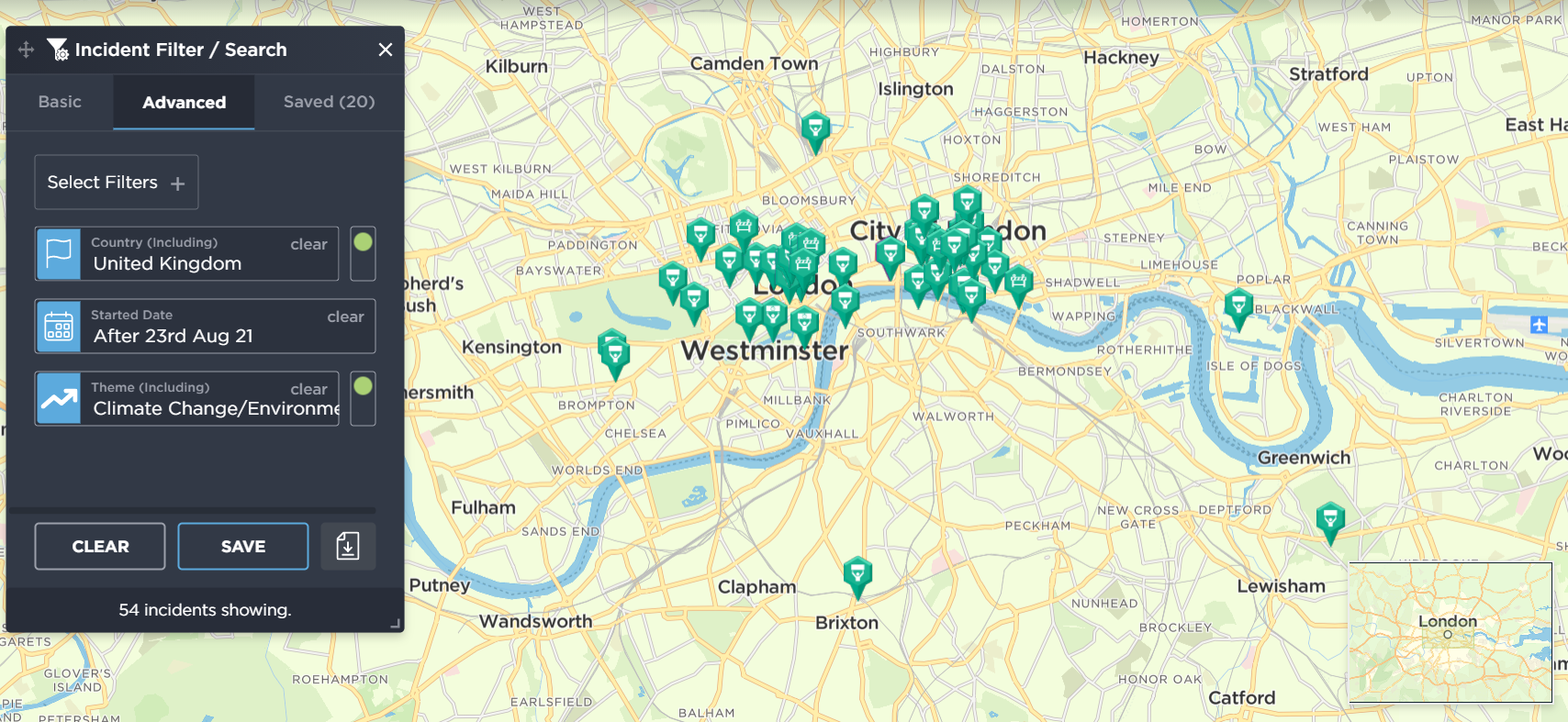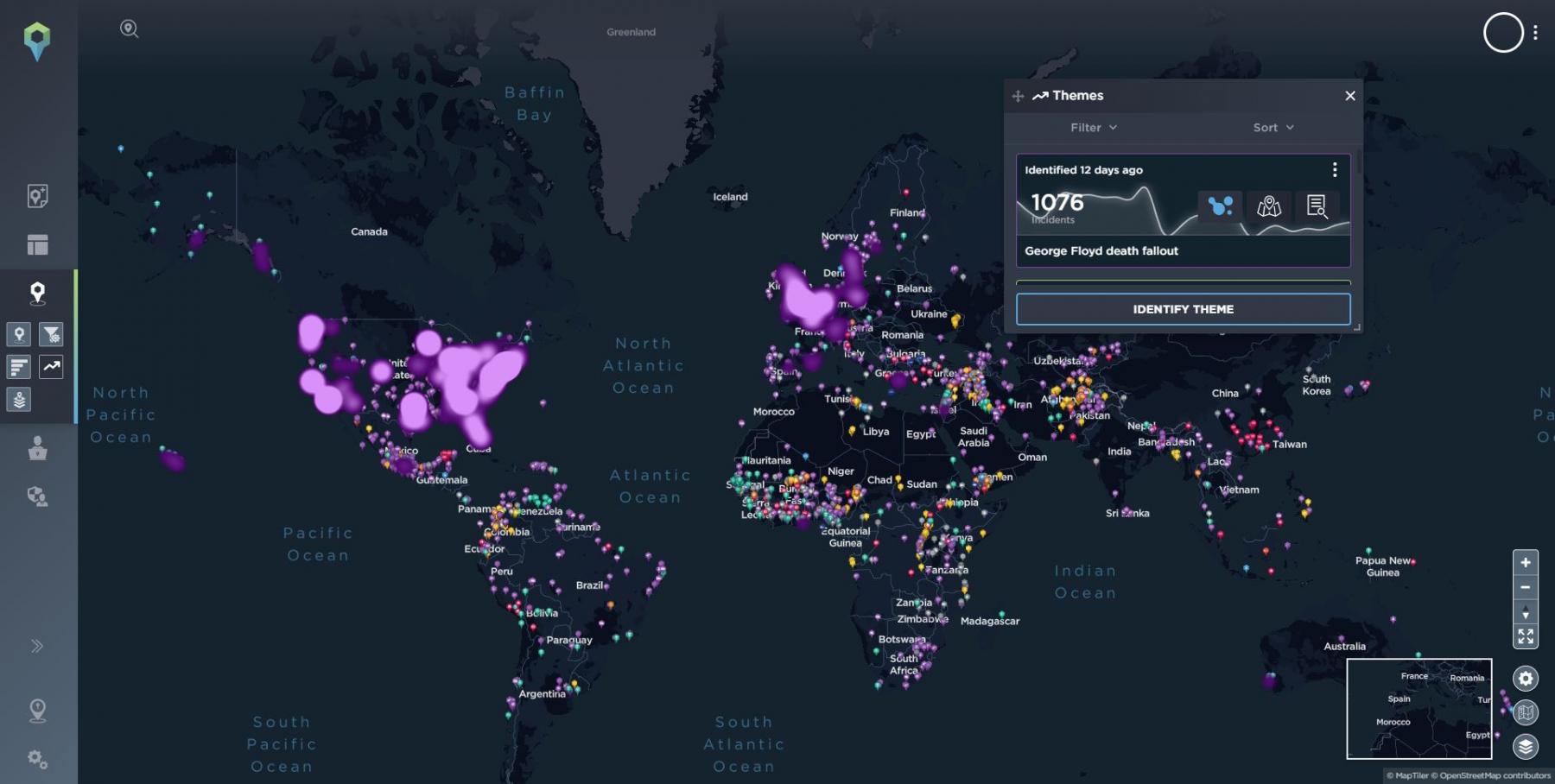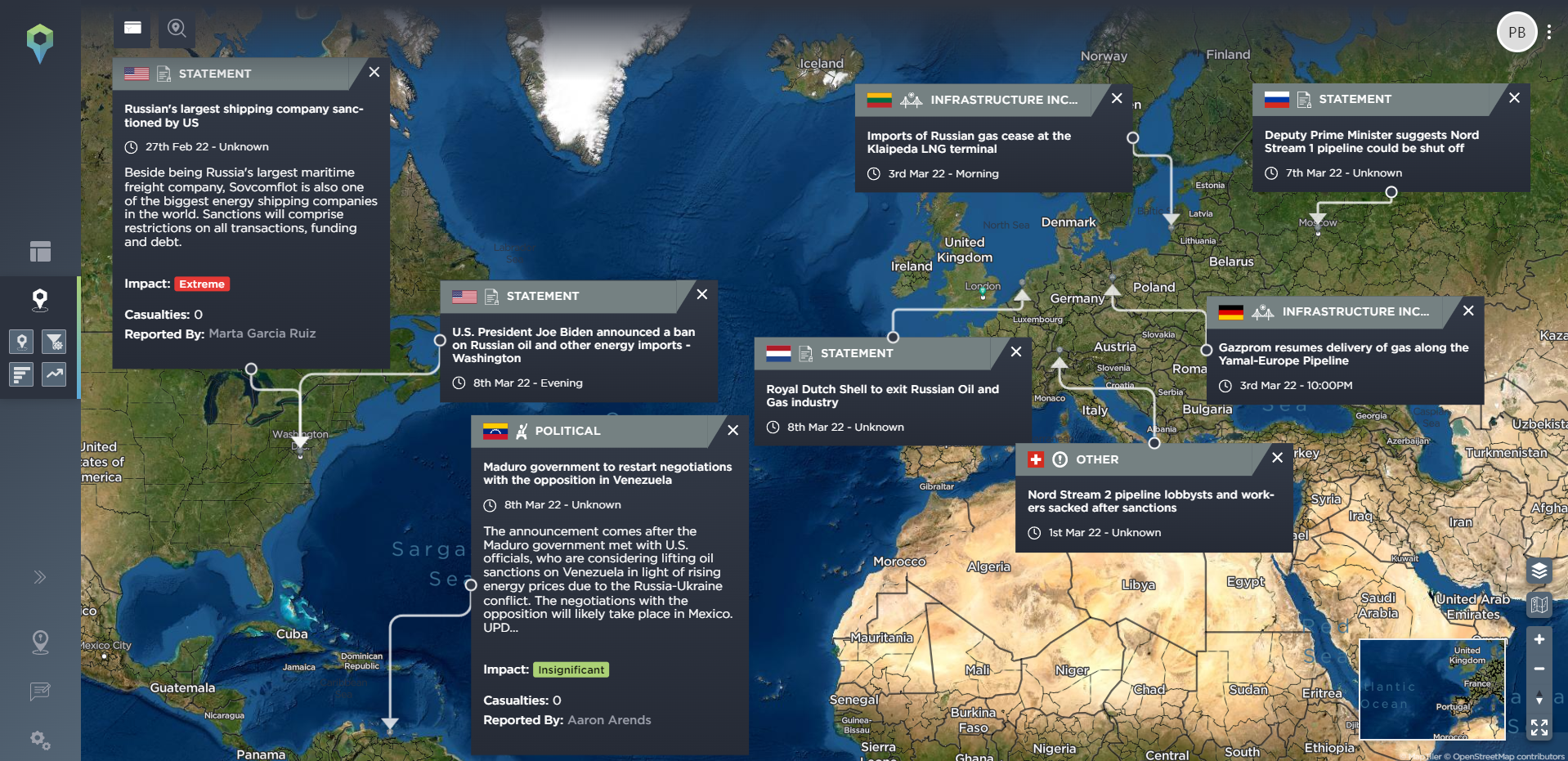Fuel protests in Europe: The climate and energy crises and two conflicting protest movements
Before now, fuel protests were led by climate change activists demanding an end to fossil fuels and a transition to renewable energy. Now, as we see record-high prices for petrol and diesel fuel, businesses and citizens battling the cost of living are becoming equally vocal as they demand lower fuel costs - will governments across Europe continue to pursue net-zero policies? Or will they step back to address the energy crisis?
A communique issued after the G7 Summit in June 2022 included commitments to:
- “impose severe and enduring costs on Russia”;
- “tackling rising costs of living for our citizens”;
- including “immediate action to secure energy supply and reduce price surges driven by extraordinary market conditions, including by exploring additional measures such as price caps”;
- and “to accelerate the implementation of the Paris Agreement, we commit to a highly decarbonised road sector by 2030.”
This statement from the G7 comes amid growing issues relating to diminishing energy supplies and – consequently – rising costs of living.
However, a combination of recent supply cuts by Gazprom in the wake of sanctions against Russia, a long-existing dependence on Russian energy by the UK and Europe, and drives to pursue renewable energy sources have seen prices for electricity, fuel and gas increase in recent months. With these rising costs, a growing frustration by businesses and consumers alike has manifested; to the point where protests demanding a reduction of costs have begun.
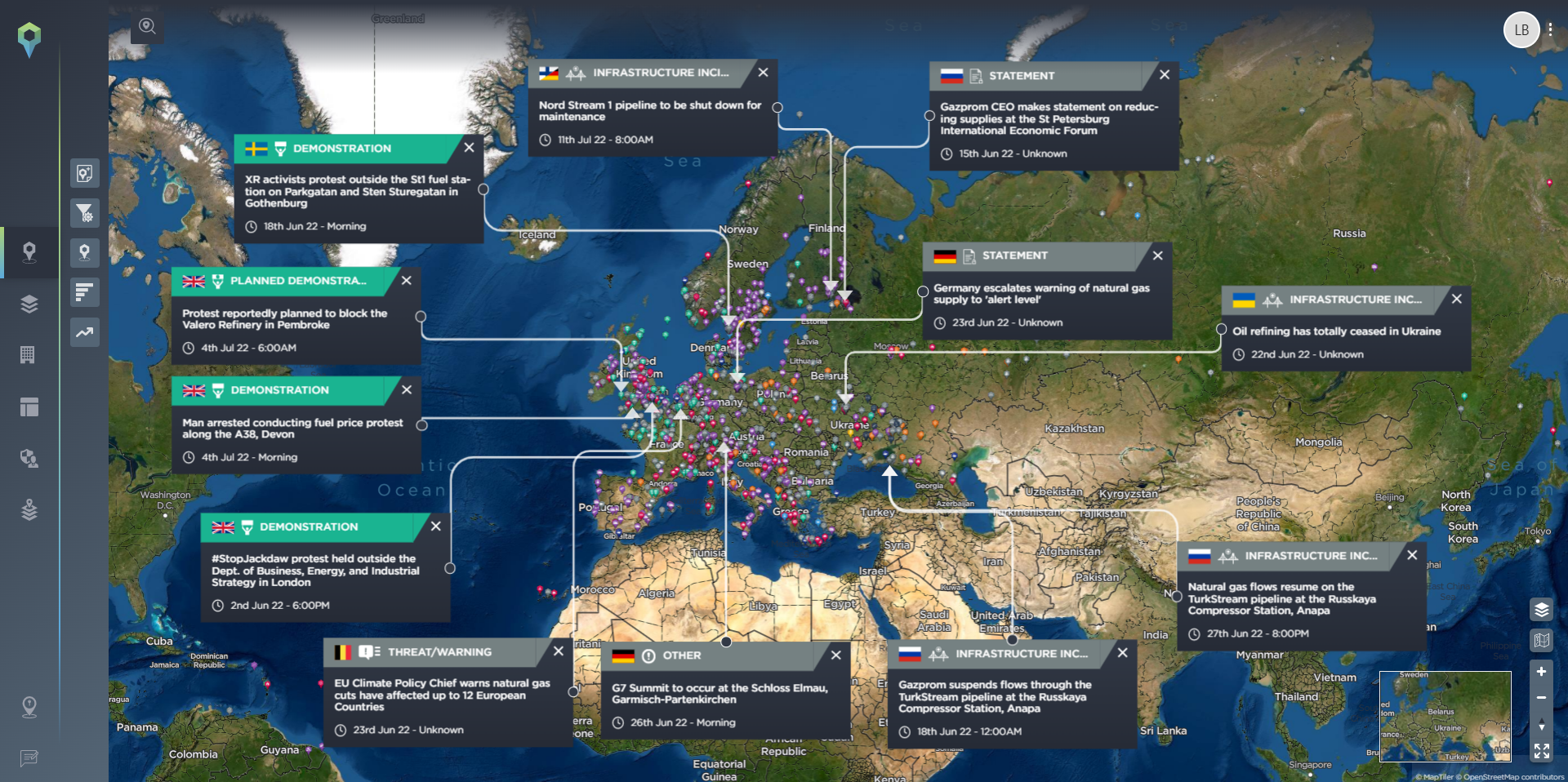
Recent fuel and energy-related incidents across Europe, including protests, political developments and infrastructure incidents. [Image source: Intelligence Fusion]
Fuel protests in the United Kingdom
As part of the fuel protests, there have been calls to carry out roadblocks, traffic slowdowns on highways and blocks of petrol stations to force governments to address the rising costs. At the time of writing, many of these planned protests have taken place across the United Kingdom.
The rising costs of fuel and energy are the latest in an increasingly difficult environment for businesses and consumers alike. The effects of sanctions against Russia, ongoing economic effects of multiple COVID-19 lockdowns and government policies to transition energy infrastructure to renewable sources are having noticeable effects on businesses of every size and, consequently, on consumers.
Electricity, natural gas, gasoline and diesel are vital for businesses and consumers alike for everyday life: transportation, heating, cooking, lighting, construction, computing, manufacturing, etc. As these costs have increased, so too have the costs of nearly all goods and services due to the role of electricity, natural gas, gasoline and diesel in their creation and or delivery. As businesses have to increase prices to meet costs, this, in turn, makes the available consumer base smaller, meaning fewer sales and thus, fewer profits to keep businesses operating.
Consequently, layoffs, business closures, unemployment and poverty become more likely in the private sector. It could be concluded that as these costs increase, so too will the frustration by businesses and consumers and thus, so too will the desire to protest since these costs affect nearly every part of their lives.
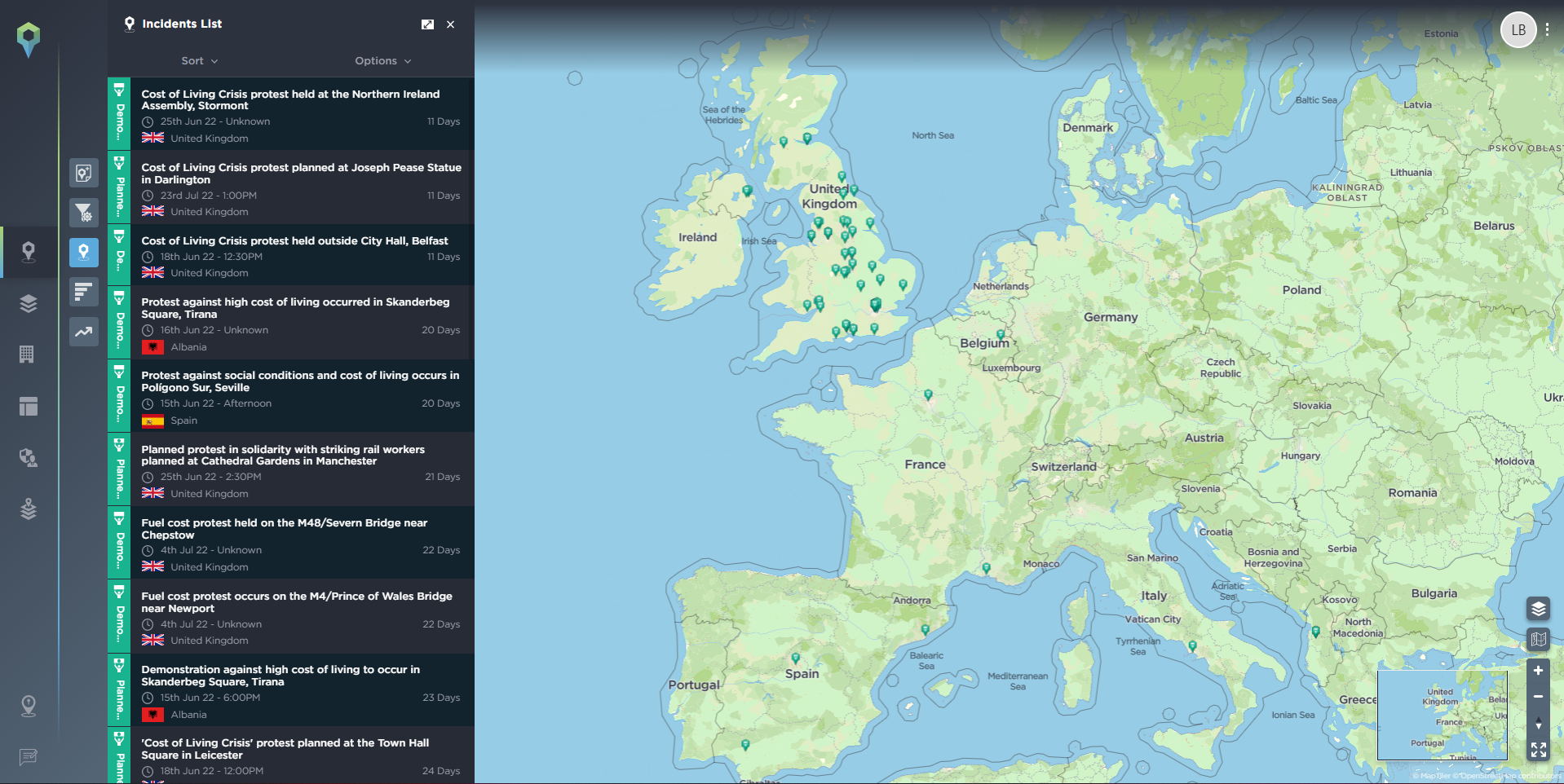
Protests in response to the rising cost of living across Europe between the 1st April and the 6th July 2022. [Image source: Intelligence Fusion]
Fuel protests and climate change activism in Europe
The rising fuel and energy costs have also gained the attention of climate change activist groups such as Greenpeace, Extinction Rebellion, Fridays for Future and recent creations such as Insulate Britain, Last Generation, Just Stop Oil and The Tyre Extinguishers. These groups have responded to rising costs to demand a faster transition from fossil fuels across Europe; pointing to the need to comply with the Paris Accords, claims of impending environmental catastrophe and claims of fossil fuels being a cause for war. Such activist groups are widespread and have long engaged in protest activities (static protests, public displays and marches) to demand governments adopt renewable energy policies. However, in recent years these groups have escalated to direct actions; targeting businesses operating in/linked to mining and energy as well as everyday citizens. Today, these groups employ tactics involving – but not limited to – vandalism, glueing themselves to premises, disrupting conferences/board meetings, disrupting construction projects and, more recently, blocking roads and oil terminals.
Their activities continue to cause delays and have increasing spillover effects. Their actions have begun to see increasing frustration/intolerance from citizens and businesses alike; the very people who are beginning to engage in protests against rising costs of living and business. So far, the frustration has been limited to pushing activists out of the way.
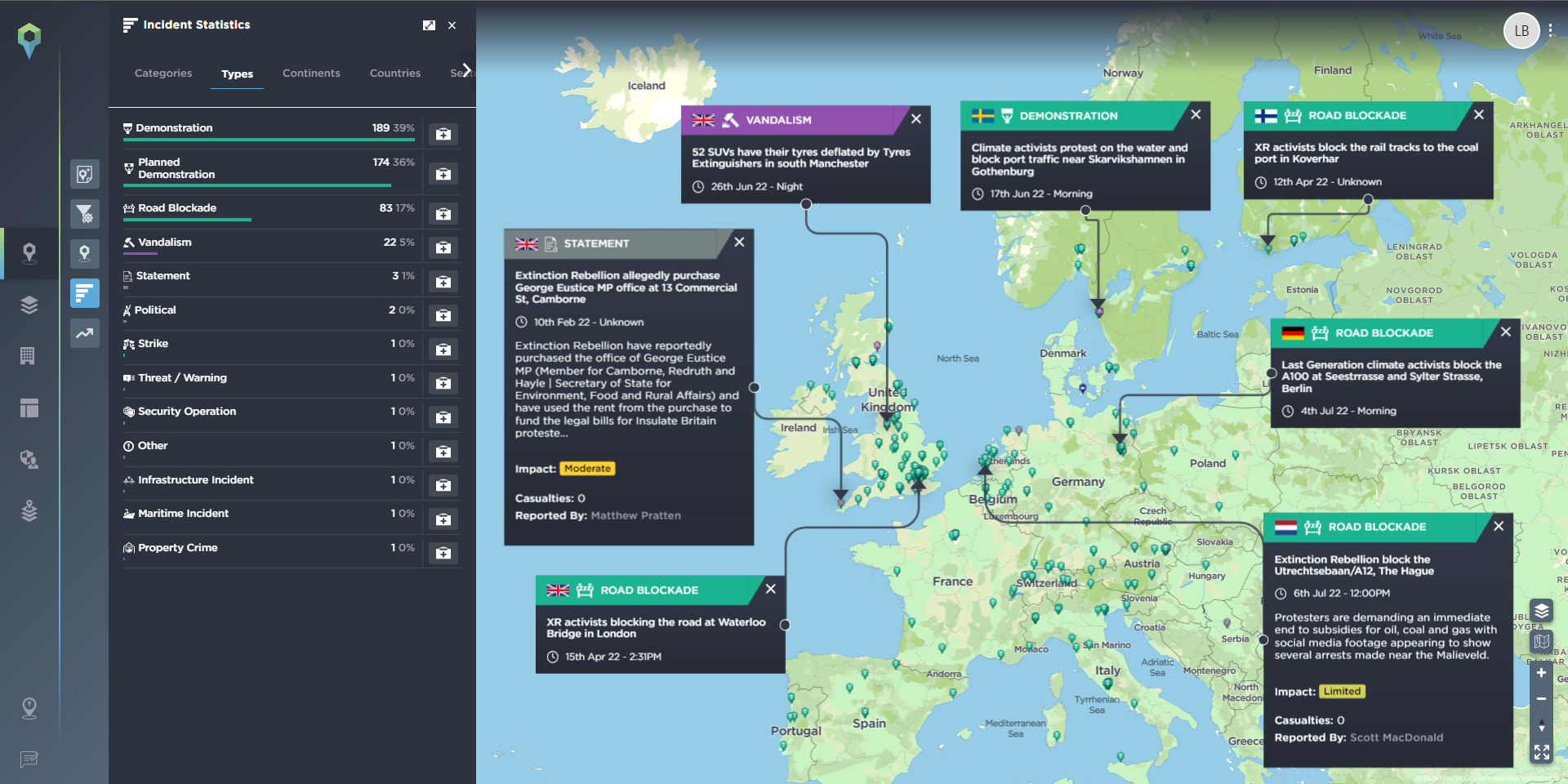
The map demonstrates the locations of climate change action across Europe since the 1st January 2022. A selection of incidents across the continent has been expanded to highlight the activities that have contributed to the frustration from the public. [Image source: Intelligence Fusion]
What has been noticed from climate change activism is that the UK serves as ‘ground zero’ for developing tactics, techniques and procedures for activists across Europe; roadblock tactics carried out by Insulate Britain have since been employed by Last Generation groups in Italy, Austria, France, Switzerland and Germany. A somewhat similar trait has been noticed by those now protesting against rising costs; carrying out direct action protests against businesses and citizens by causing inconvenience.
Furthermore, the activists have often displayed a dismissive attitude about the impacts their actions have on the livelihoods of citizens and businesses alike; from costs of environmental regulations, preventing daily commutes, preventing vital logistics operations and incidents where ambulances were prevented from operating properly.
As climate activists continue, there could be an increase in hostility towards them on the basis their direct actions are preventing citizens and businesses alike from operating in an environment which is becoming increasingly expensive for them.
Also of concern is the reaction of fuel protesters should they perceive that governments are listening to the demands of climate change activists while ignoring or not doing enough to support businesses and citizens with the immediate term issues of rising fuel and cost-of-living prices. As mentioned in the communique from the G7 meeting, governments across Europe are continuing to pursue renewable energy policies as a priority despite the rising costs facing consumers. While some policies demanded by climate activists may not add to these costs – and some, such as those being petitioned by Insulate Britain may have the added benefit of reducing energy bills – pursuing such policies could be perceived as appeasement toward the actions of climate change activists while disregarding citizens and businesses.
Given the impacts on the private sector from COVID-19 lockdowns and policies, continuing to pursue net-zero policies that hamper businesses and increase costs for consumers could increase the frustration felt by businesses and citizens from rising prices and climate activist tactics.
Europe’s reaction to the invasion of Ukraine and the impact on fuel
Following Russia’s invasion of Ukraine on the 24th February 2022, Europe has largely responded to the invasion through sanctions targeting the Russian government, Russian oligarchs and its economy. However, previous analysis has shown that Europe is heavily reliant on Russian energy (natural gas especially).
Based on recent incidents of supply cuts, Russia has been employing its economic advantage to respond to Europe’s support for Ukraine. The Russian government has been demanding payments in Rubles (which requires setting up a bank account in a sanctioned Russian bank), reducing supply, shutting down pipelines and refusing to book capacity on pipelines for shipments. In addition, Gazprom CEO Alexey Miller has recently stated at the St Petersburg International Economic Forum the firm will operate based on “our product, our rules. We don’t play by rules we didn’t create.” Following this statement has been the decree by President Putin to transfer Gazprom’s 50% ownership stake of Bermuda-based Sakhalin Energy Investment Company Ltd to a Russia-based company.
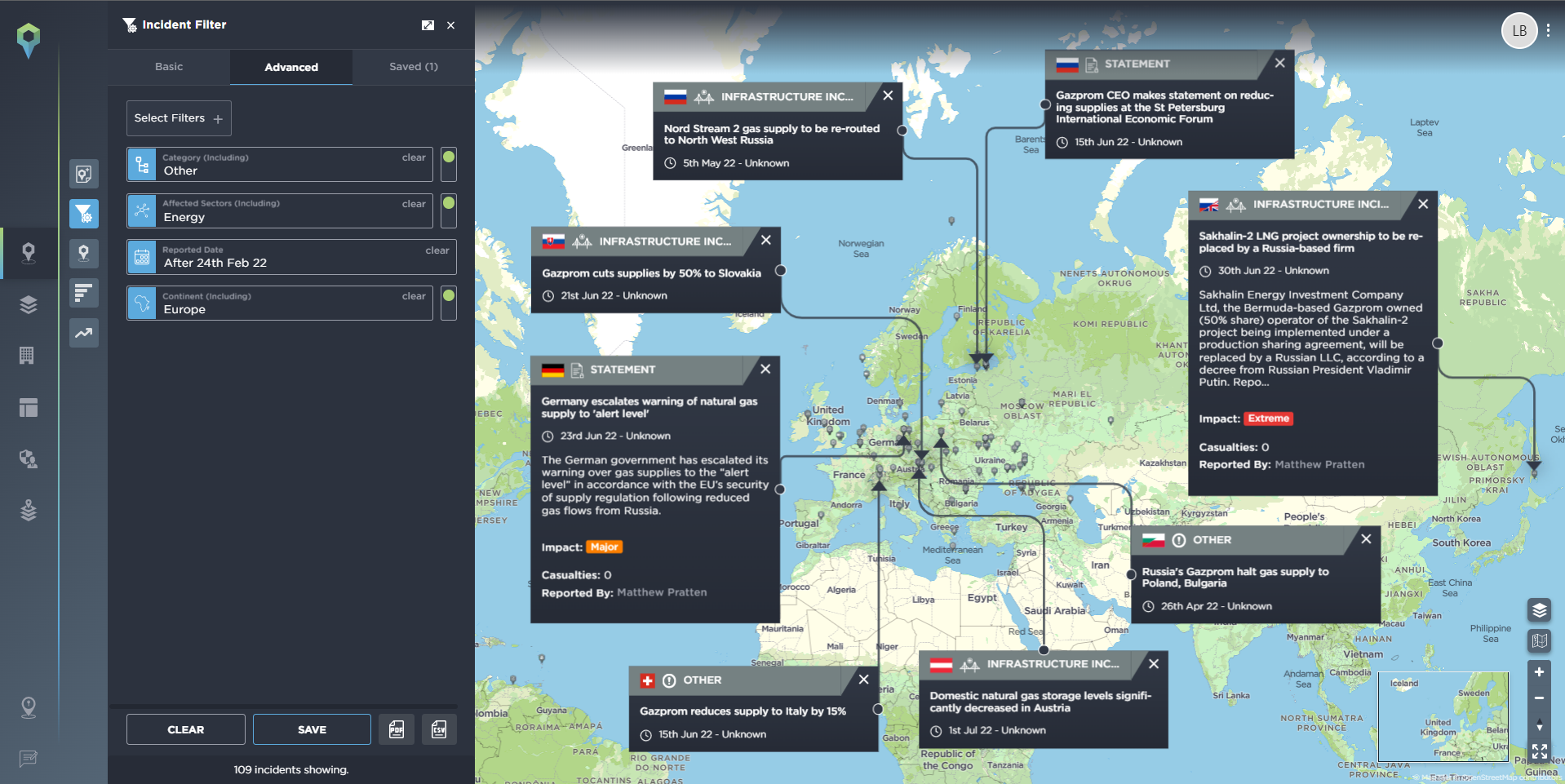
Incidents related to the fuel crisis since the Russian invasion of Ukraine. [Image source: Intelligence Fusion]
Concerns of morality aside, Europe’s support for Ukraine and sanctions against Russia have had severe consequences. The sanctions have been imposed with little to no resilience toward the natural gas supply. Russia is making a significant problem much worse by using its economic leverage to increase prices for European businesses and citizens as a response-in-kind to sanctions, even making it difficult for European states to build up necessary reserves for winter. Among the nations that are being hit the hardest by Russia’s economic leverage has been Germany; the upcoming shut down of the Nord Stream 1 pipeline in July 2022 follows a 60% supply reduction and is now posing a significant threat to multiple industries in Germany.
While there are indications that Europe is looking to address the cuts to natural gas supplies through reverting to the use of coal power, cutting regulations and approving new gas fields; its continued long-term pursuit of net-zero policies may see increasing detrimental effects on the costs of business and living in the immediate term.
Climate activists will likely be incensed by such a move regardless of the necessity to address the lack of current and future energy supplies, and therefore ignite further protests and direct actions. As the costs and health impacts increase, governments will see increasing demands from businesses and climate activists alike; with the former becoming more hostile to the demands, actions and rhetoric of the latter.
Will the fuel protests continue?
The increasing prices of fuel and energy across the UK and Europe are now seeing those affected by their resort to similar tactics employed by climate change activists. As these prices continue to rise, the size and scale of protests will likely increase. Should these issues persist into winter, business and consumer anger are highly likely to increase and possibly become more hostile. At this time, the majority of protests are in the UK but these kinds of protests will likely migrate across Europe in the coming months. Even though the tactics resemble those of climate activists who have increasingly taken direct actions against businesses and consumers alike, their protests are more likely to be met with support given that anyone caught in these protests is highly likely to be experiencing similar circumstances.
Further climate change protests on the other hand are likely to see greater hostility from those caught in any roadblocks or other direct actions; especially if activist groups cross paths with those protesting the cost of living, fuel and energy. Future incidents of direct-action protests are likely to see increased hostility on the basis that their protests and rhetoric are at odds with immediate-term solutions to the increasing costs of living, fuel and energy, while impacting an increasingly frustrated population.
How will UK and EU governments respond to the fuel crisis?
Despite an intention by the UK and European governments to address the energy supply crisis and continue to pursue net-zero policies, trying to appease both sides as reflected in the G7 communique is unlikely to work. Current energy, fuel and even renewable energy policies have relied on supplies predominantly from Russia over the years. However, the support for Ukraine in this situation has made the UK and the EU vulnerable to Russia’s economic leverage, the one advantage where the UK and EU do not have an effective response. As the support continues, so will Russia’s response in cutting energy supplies; which will make the rising energy costs more acute in the UK and Europe, driving further unrest among their populations.
This has made sourcing new fossil fuel supplies a high priority at a time when climate activists are carrying out more frequent and more disruptive protests.
Unless the UK and EU are willing to stop supporting Ukraine, they will therefore have to face two protest movements making conflicting demands:
- Continue with the pursuit of net-zero policies and renewable energy. However, such policies will see the cost-of-living crisis worsen. This will mean discontent from businesses and consumers and worsen the current economic situation; causing unemployment and numerous significant socio-economic issues.
- Step back from net-zero policies to address immediate crisis and energy needs. Addressing concerns about the cost of living will require defaulting on policies demanded by climate change activists, meaning greater investment and development of oil and gas supplies outside of Russia. In the short and long term, this is highly likely to address the concerns of businesses and consumers alike but it is highly likely that climate change activists will greatly increase their direct-action protests targeting these people and governments as well.
Which will mean it is highly likely that one or both of these movements will be left unsatisfied, and lead to increased anger, protest and disruption.
Prepare your organisation for protest and get access to the only threat intelligence platform designed by intelligence analysts. So far in 2022 we’ve mapped over 3,000 incidents of protest or planned protests in Europe alone, while our historical database of over 700,000 incidents – with over 16,000 incidents mapped per month – lets you see the biggest historic and emerging threats in your areas of operation. Get in touch with us now to start your free trial and demonstration of the Intelligence Fusion platform.

